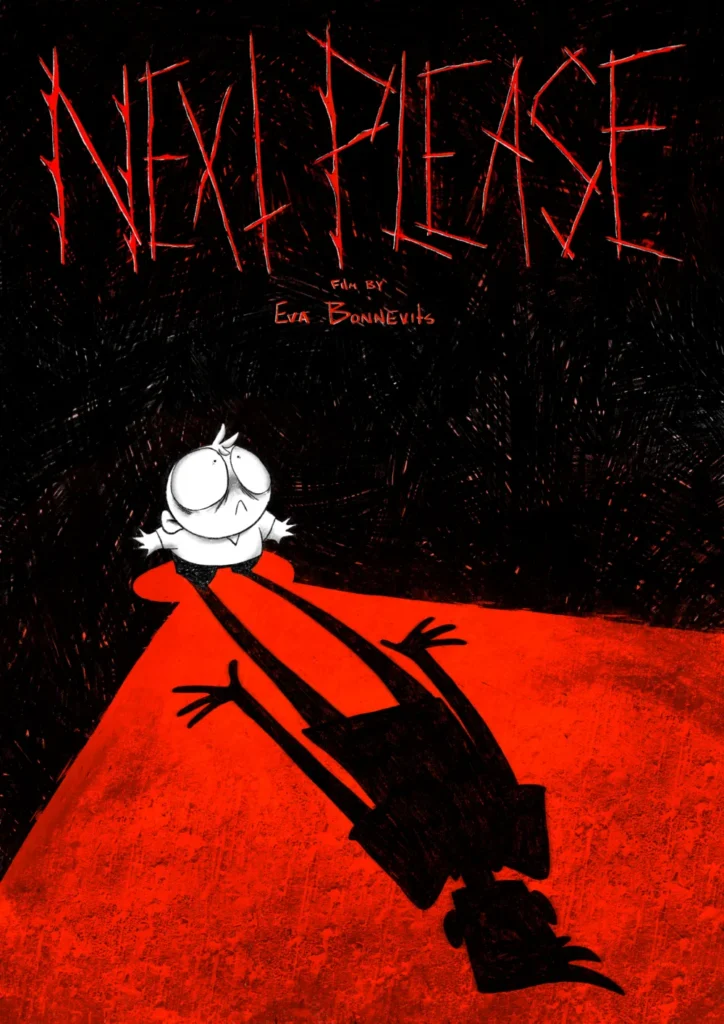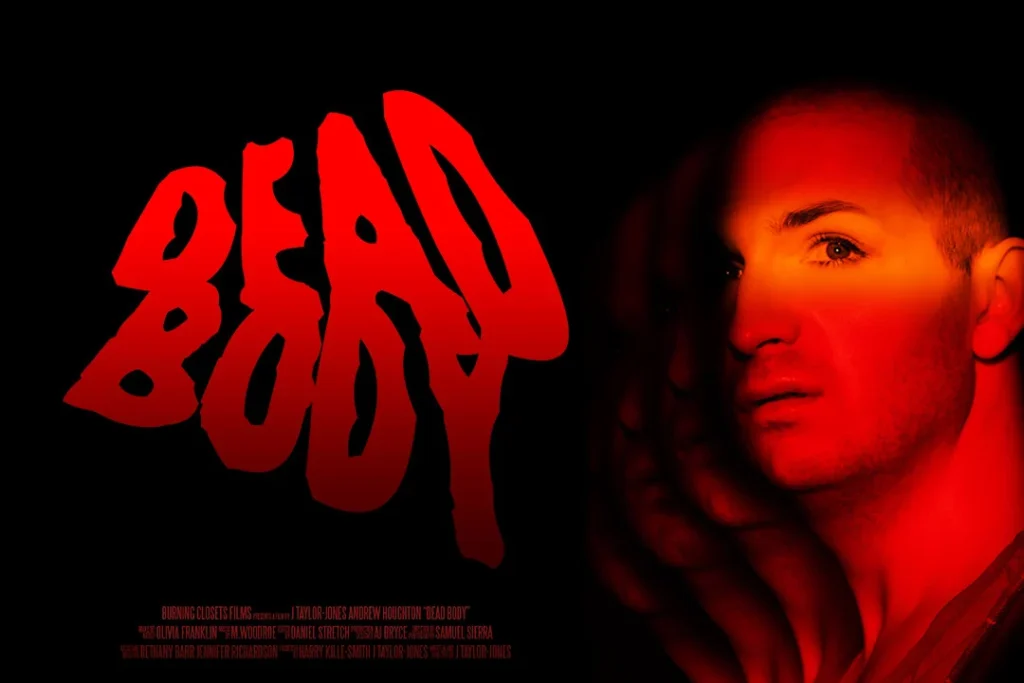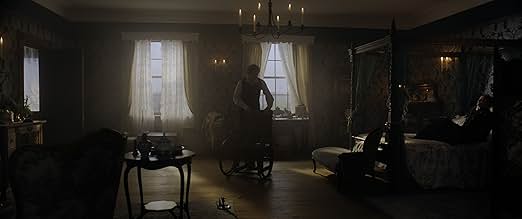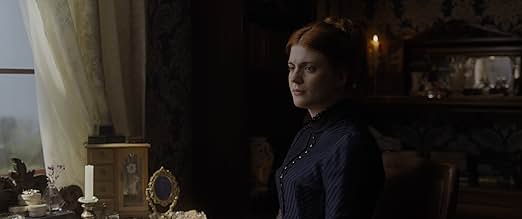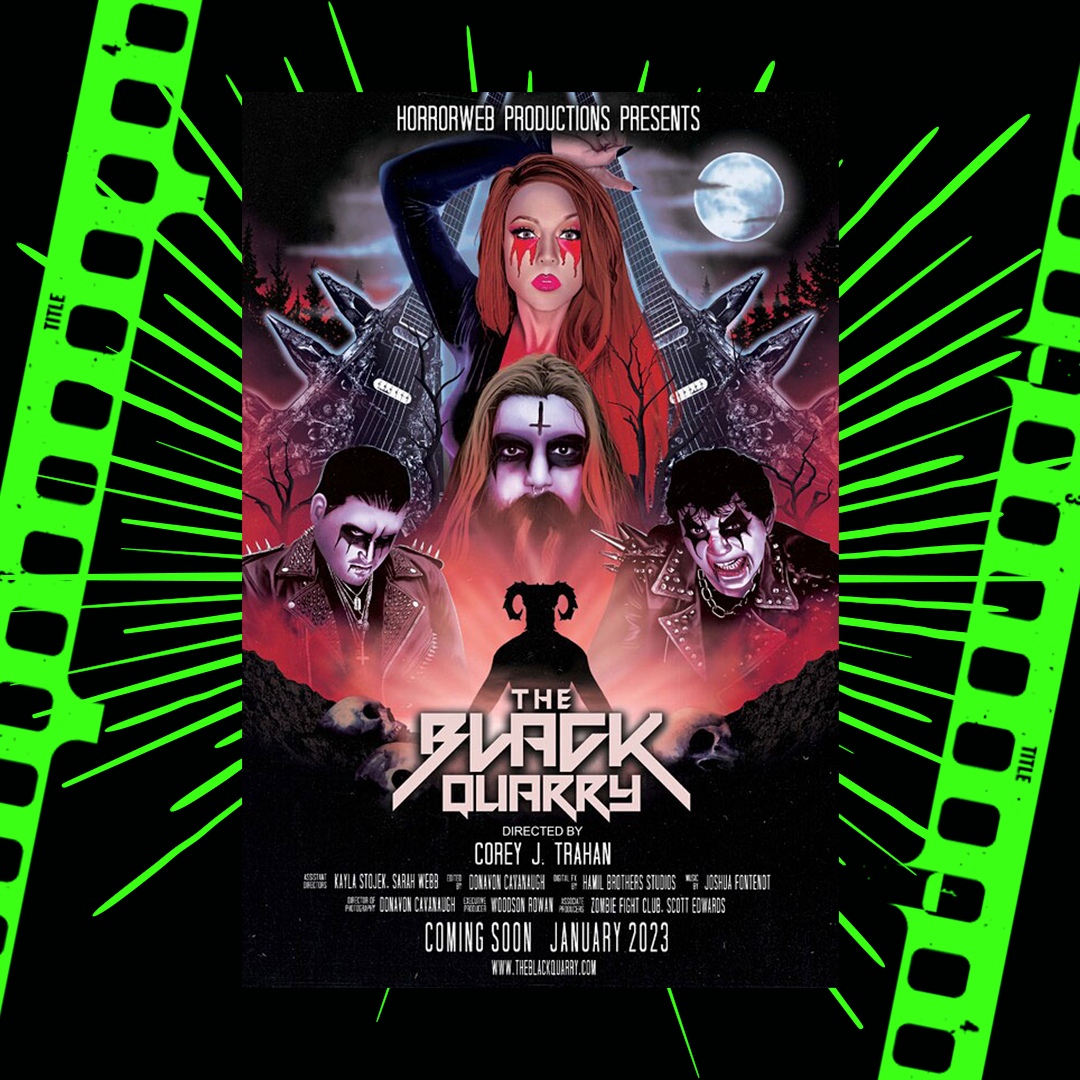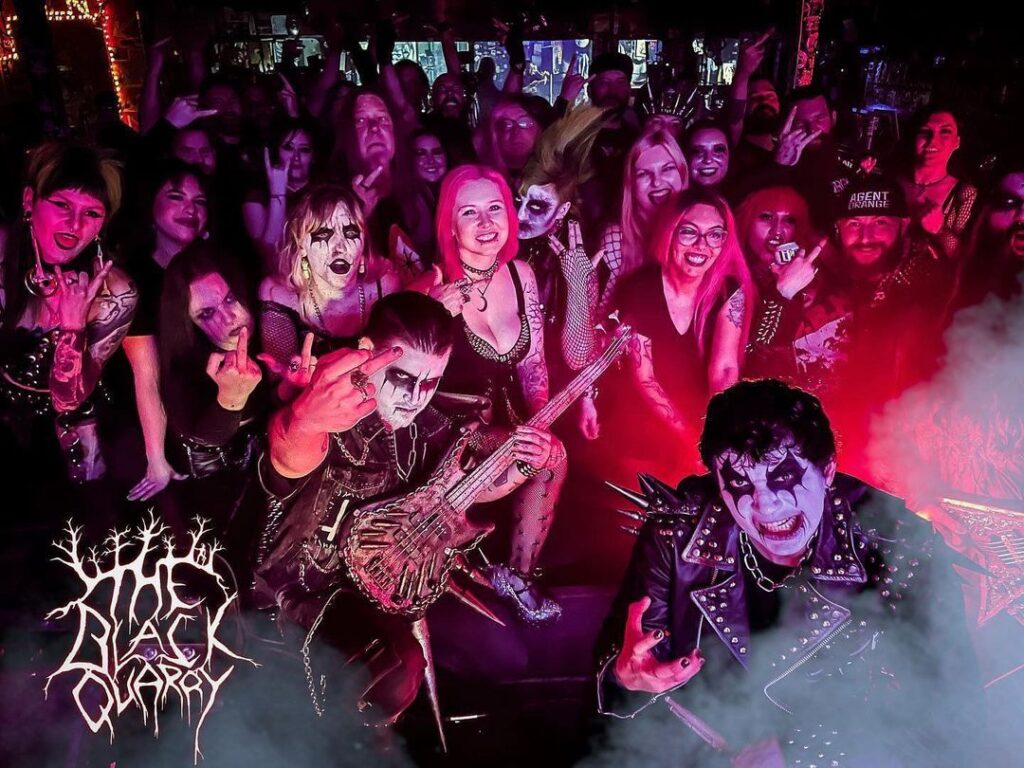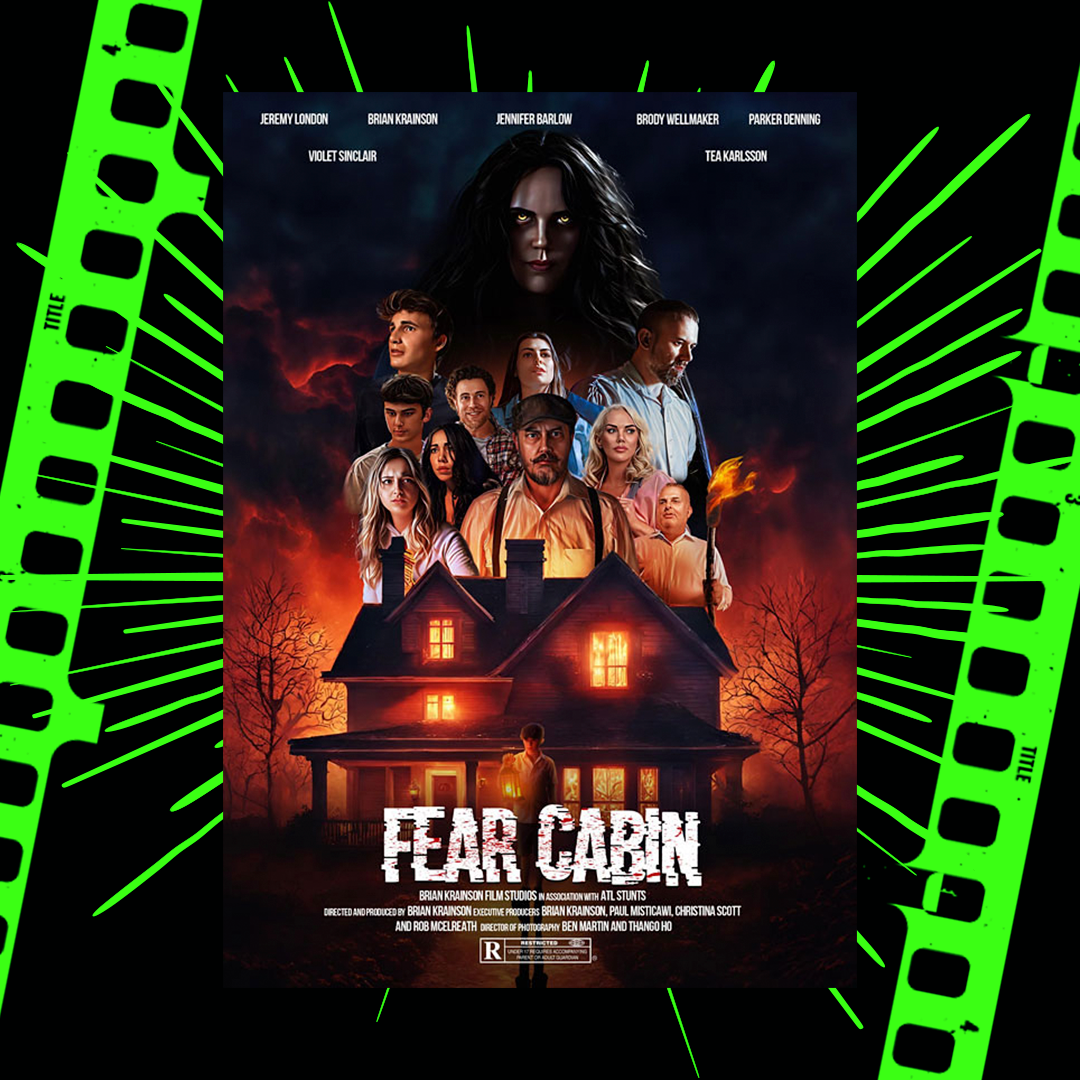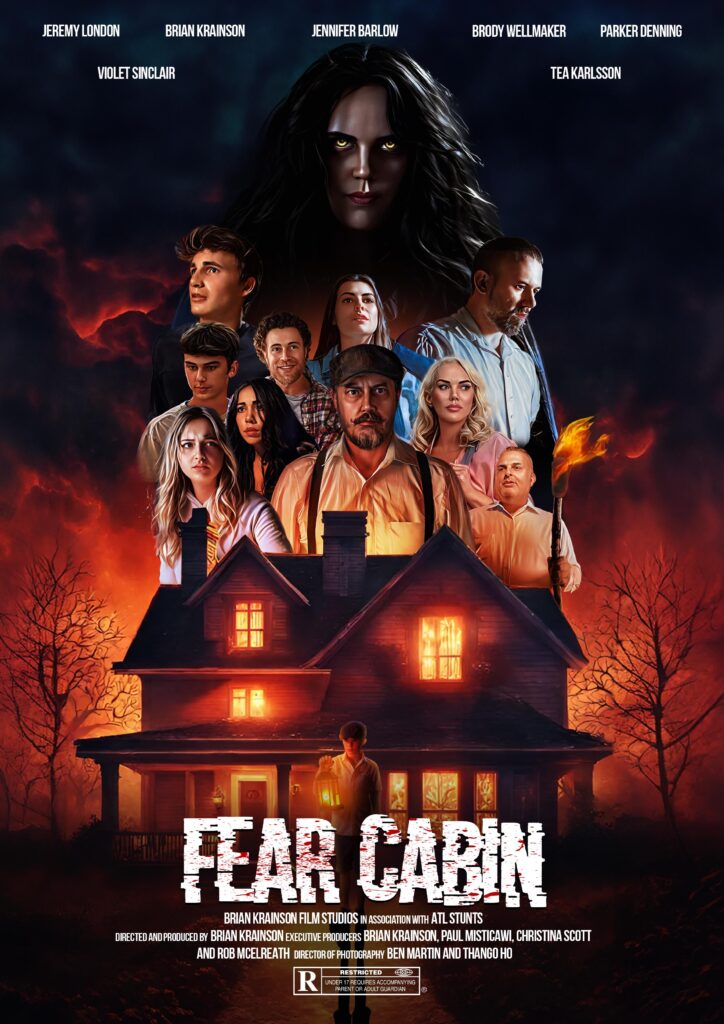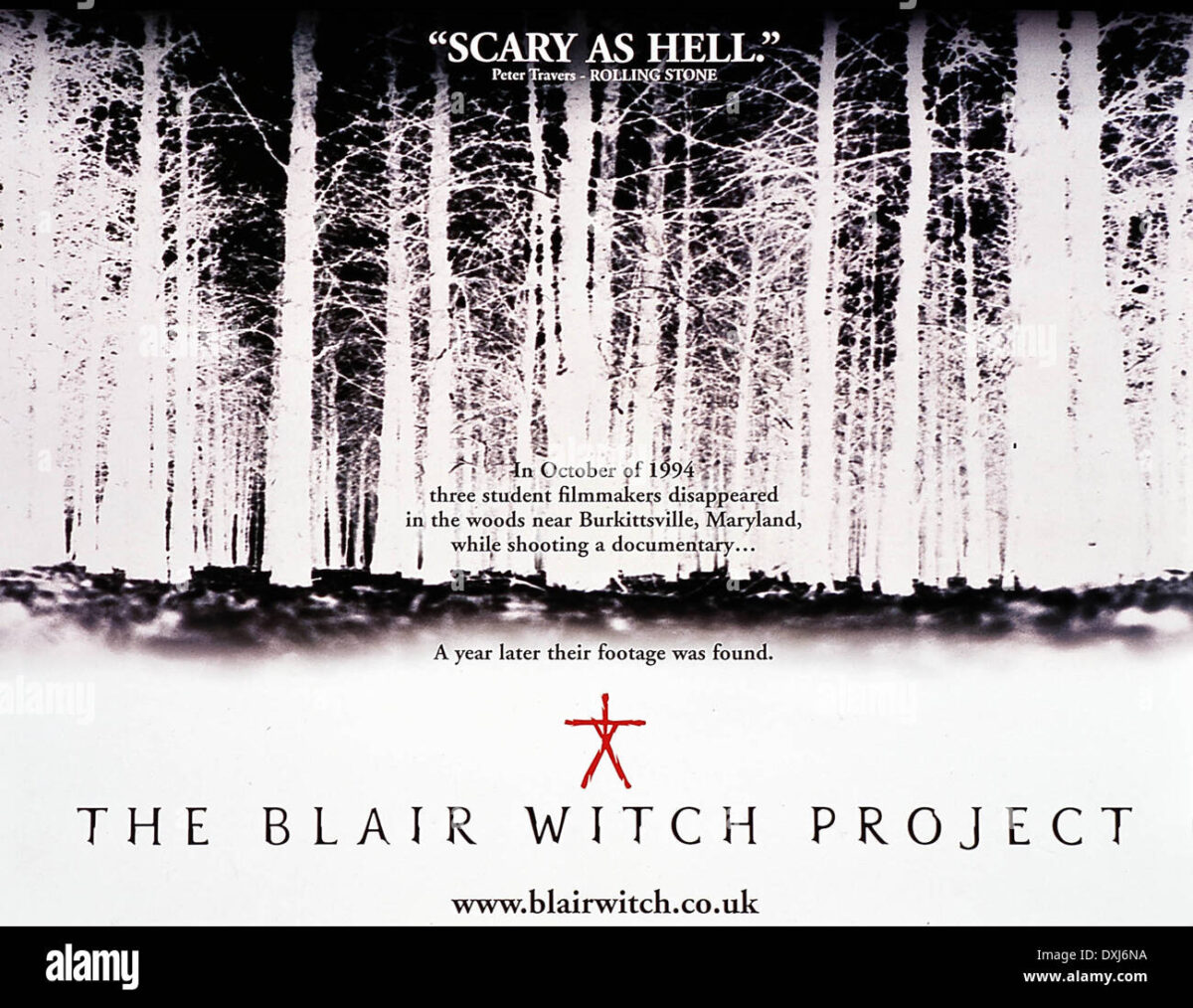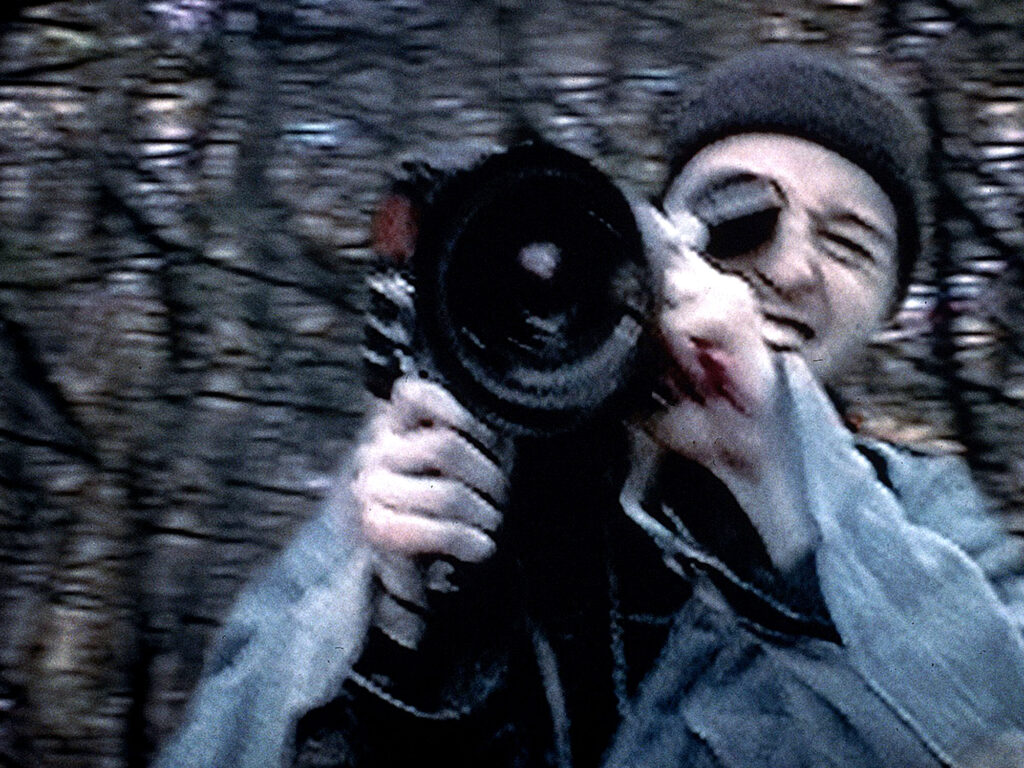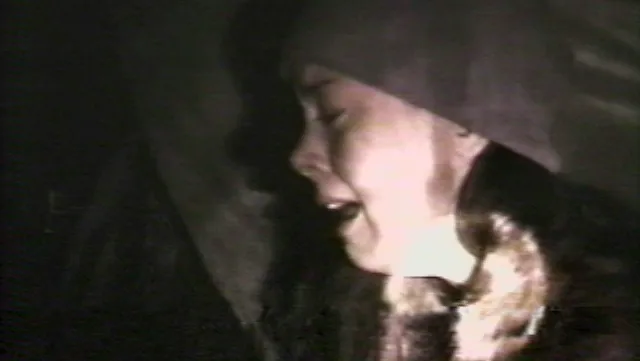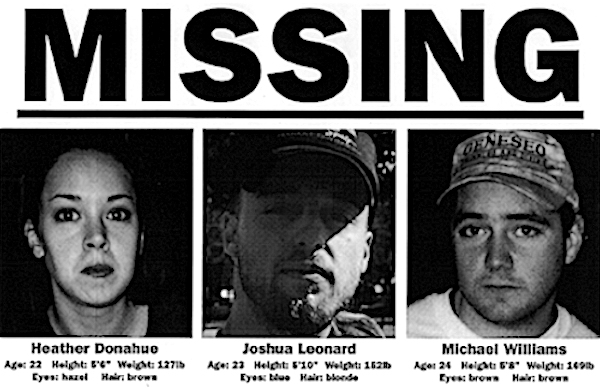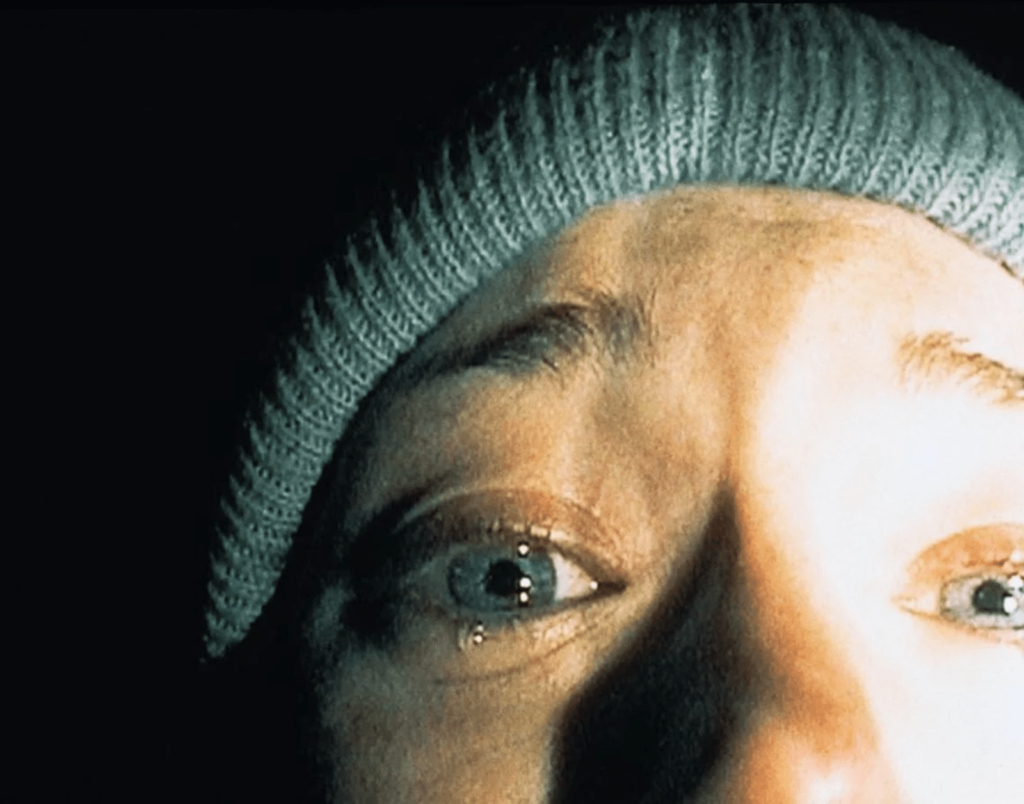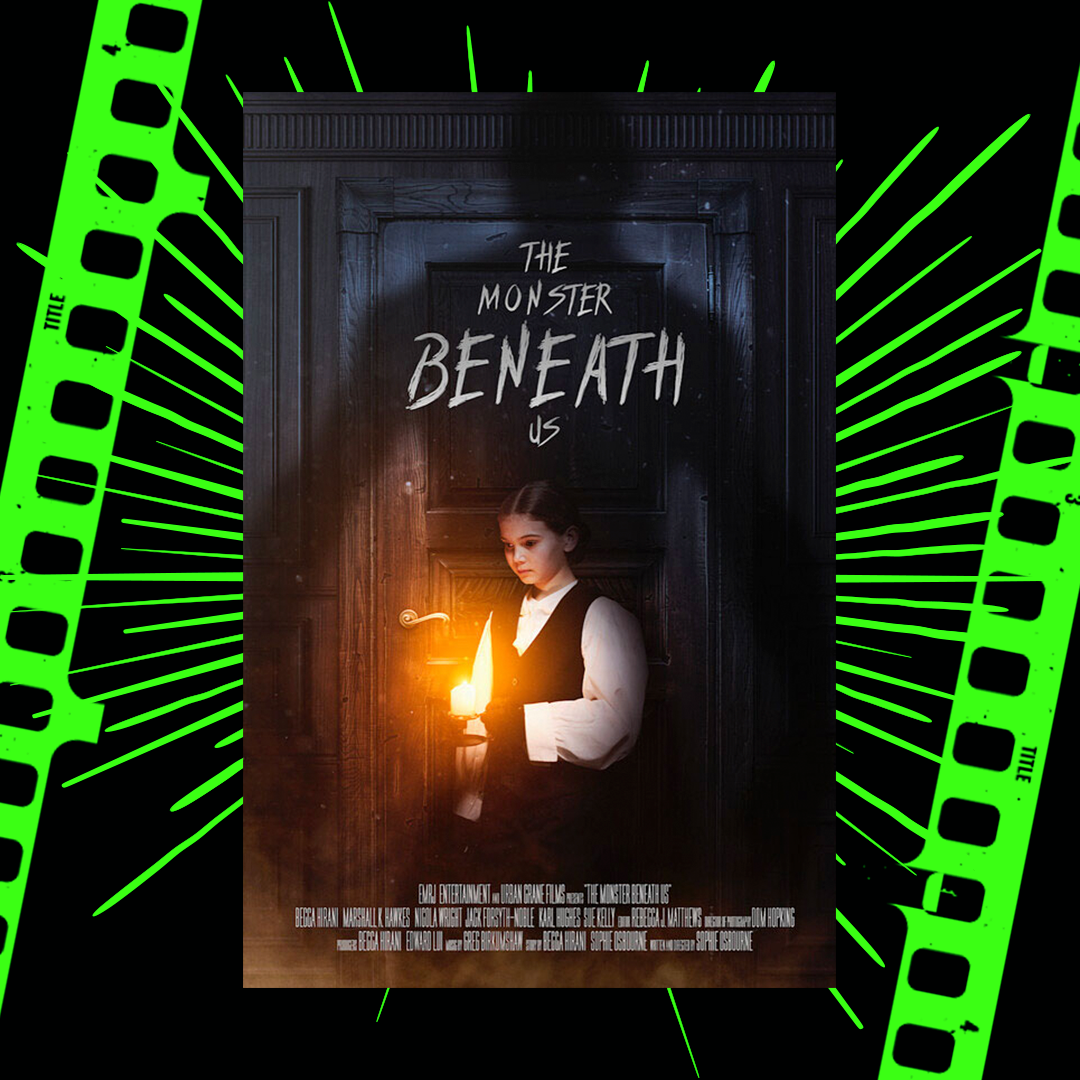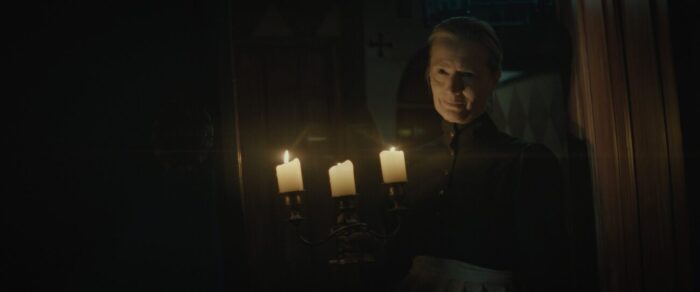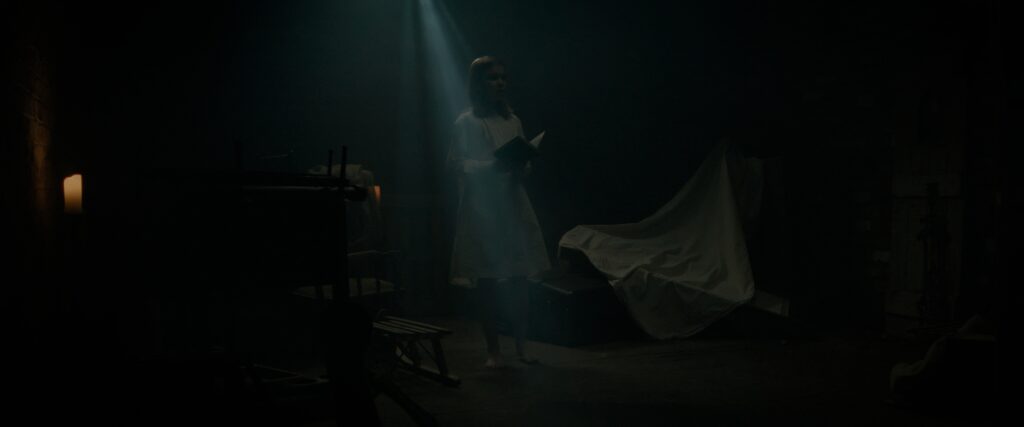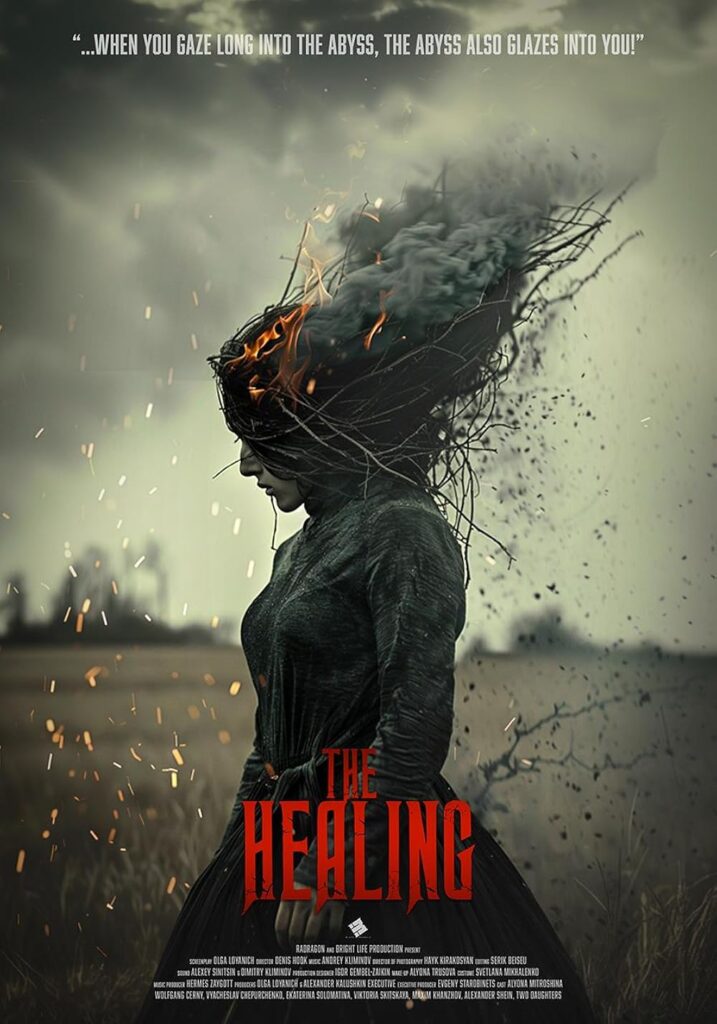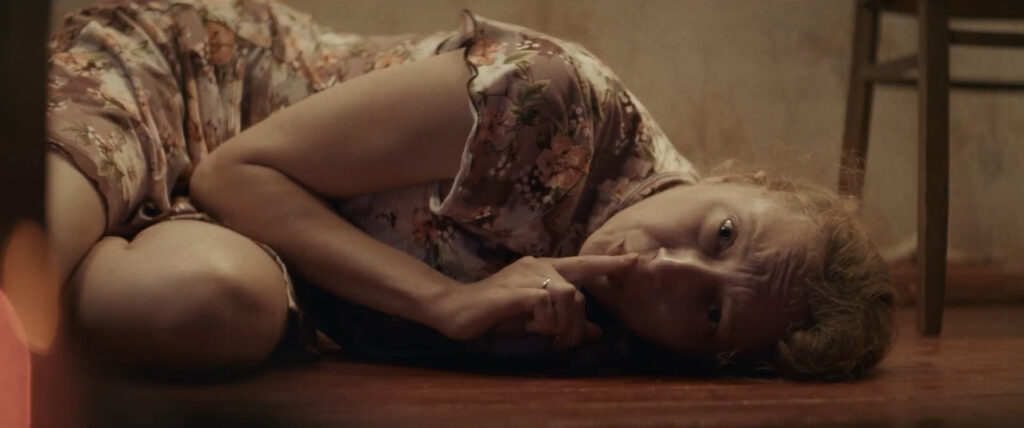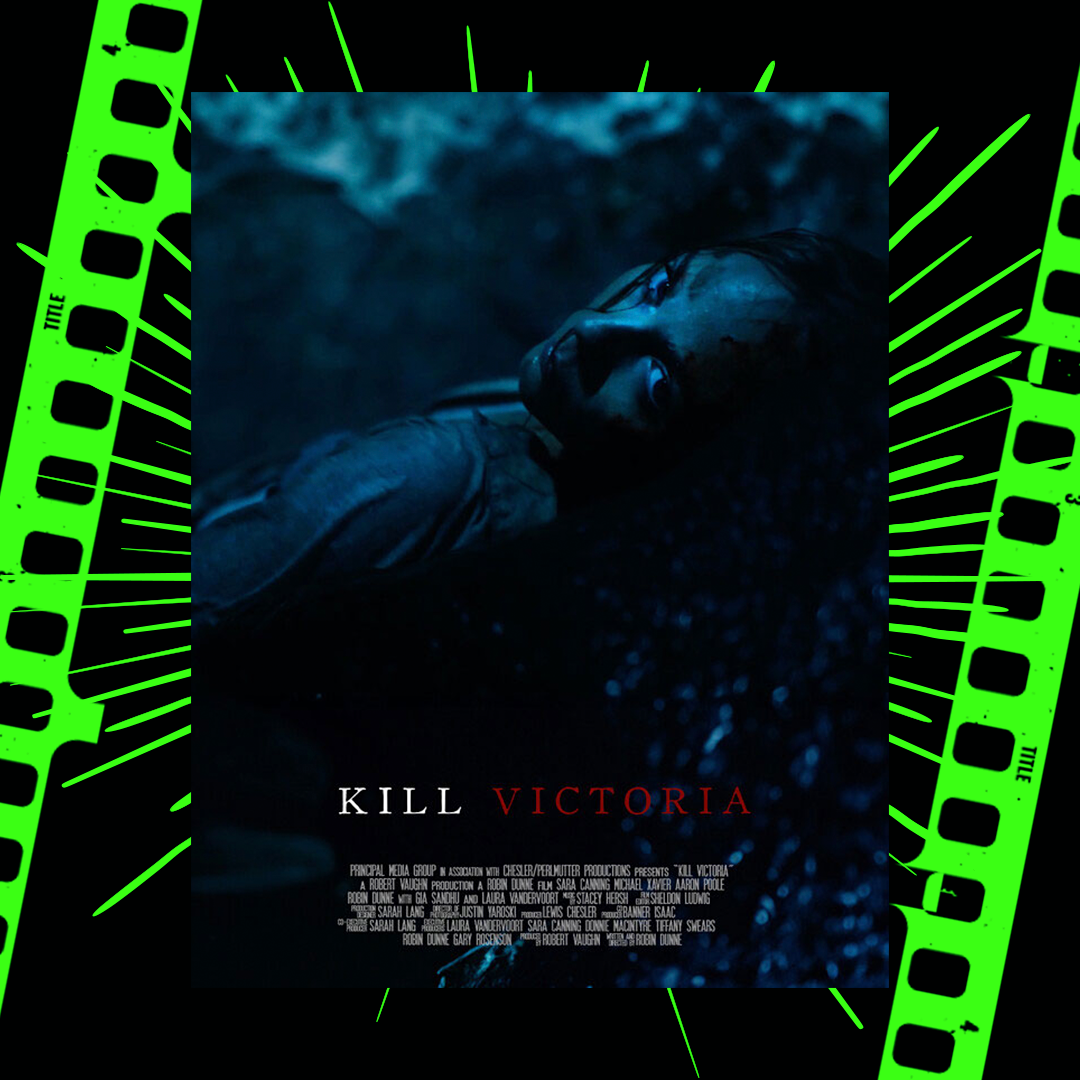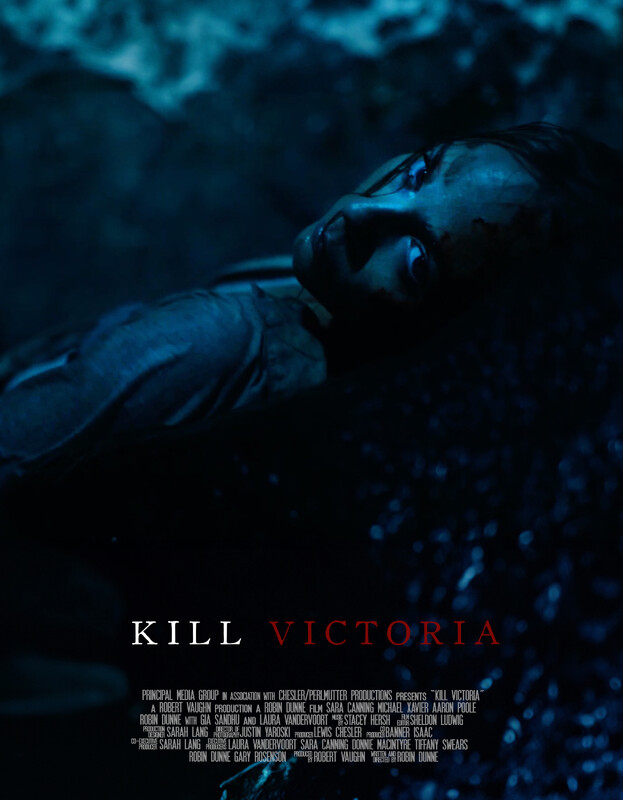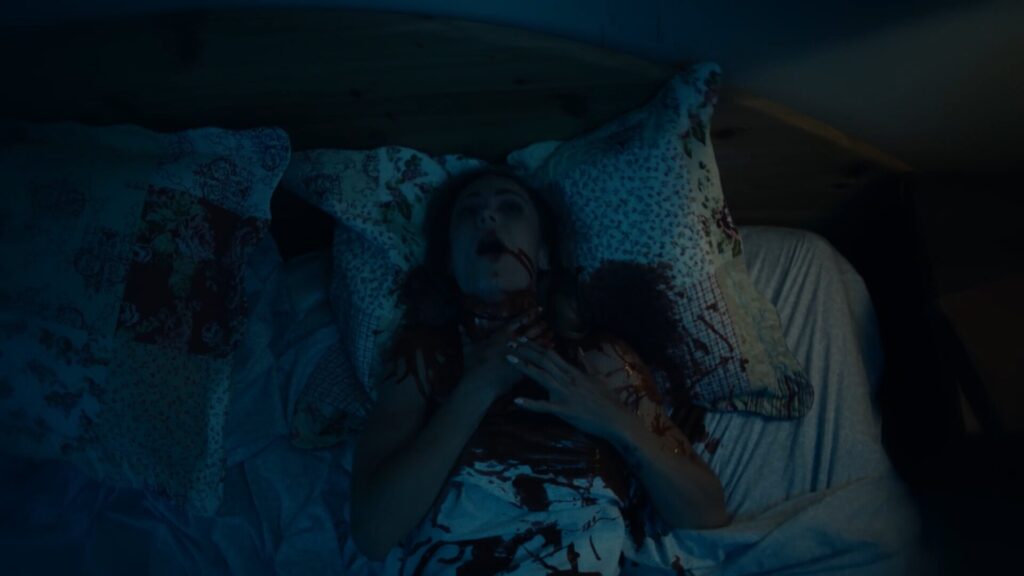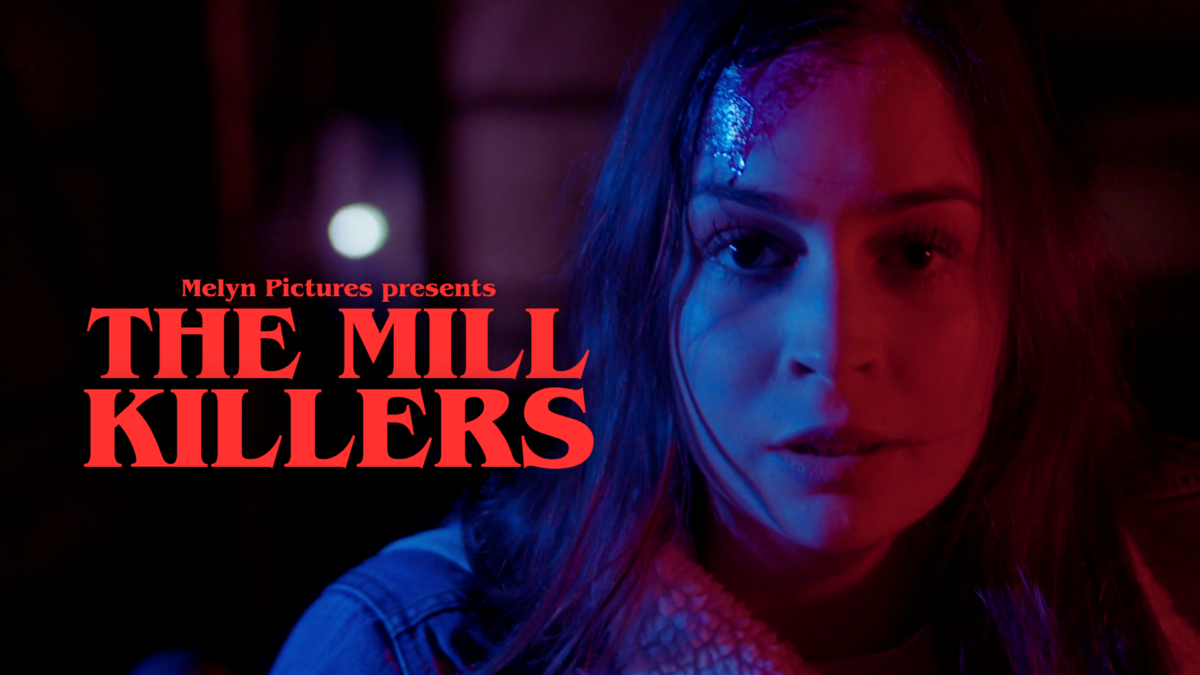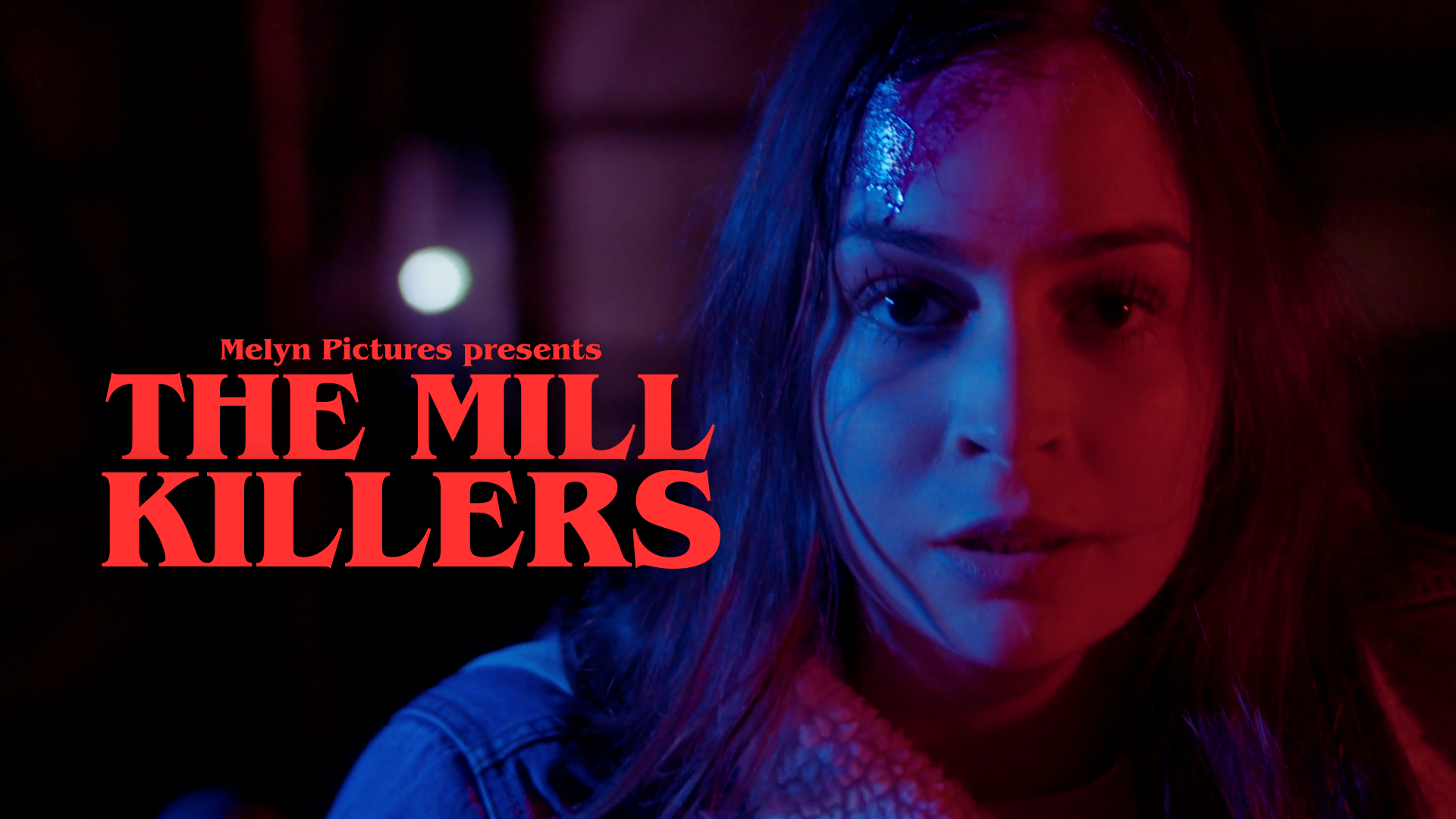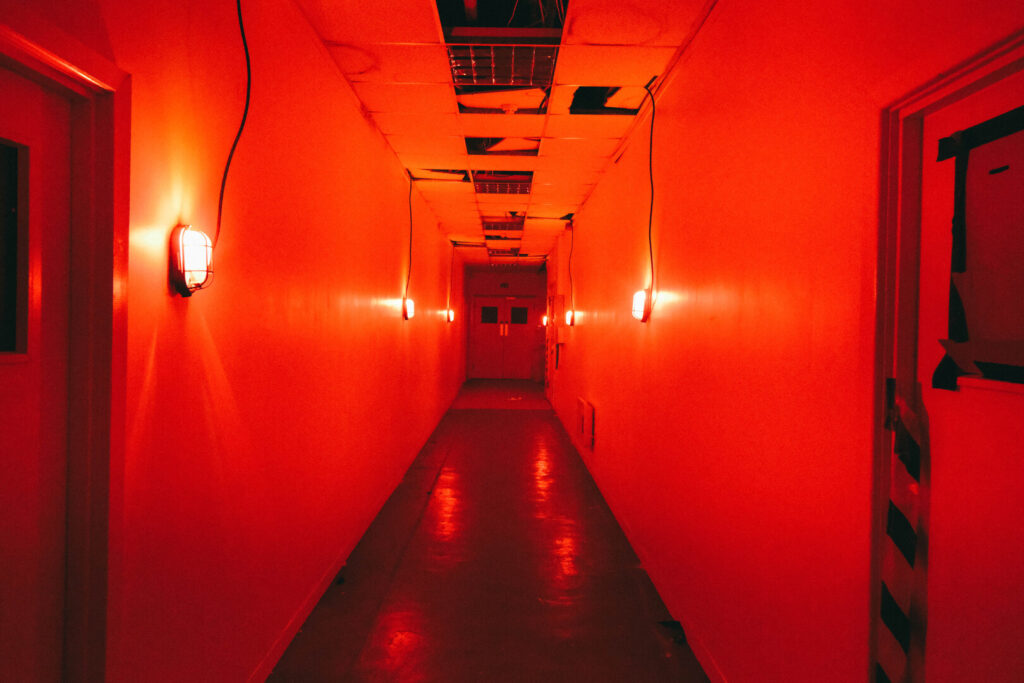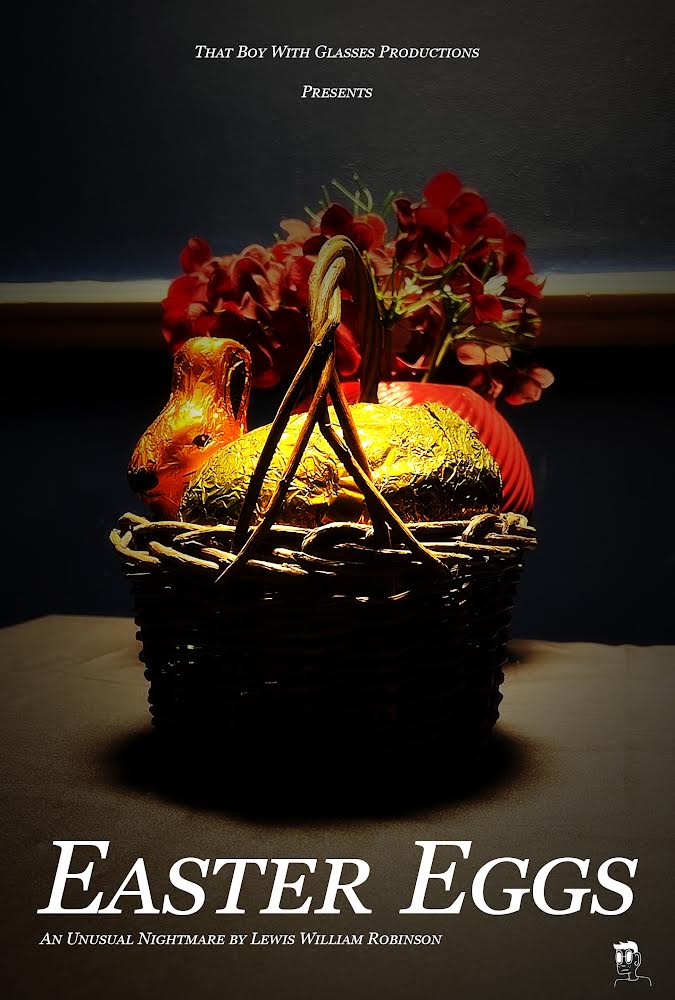
Collection Only (Directed by Alun Rhys Morgan)

Estranged friends Nye (Steffan Evans) and Daf (Tomos Gwynfryn) go to collect a free armchair from a seemingly lonely, frail elder woman (Olwen Medi); however, when a cascade of sinister events unfold, the pair must fight to make it out alive. Collection Only defies expectations as this thoroughly creepy feature tackles more than just its immensely unsettling atmosphere, with the film exuding bouts of humour amongst its lead characters. It is made clear that the bond between Nye and Daf has deteriorated over time, leading to the distanced pair grappling with a lost friendship, all the whilst being tormented by an evil force.
Embrace (Directed by Axel Zeltser)

Inconspicuously lying in a Parisian alleyway is a bucket that Mélanie (Natte You) walks past every day unbeknownst; that is, until the ever-present bucket suddenly catches her eye. Although Embrace is a micro-short consisting of only two minutes, the film is significantly potent, with the visuals and lighting being grandiose and superb, alongside the vividly alarming and disturbed ending that grabs the viewer with a chokehold and refuses to let go.
Daughters of Evil (Directed by Adam Taylor and Natasha Malone)

In 1966, a nameless girl group consulted a spirit board to seek out the perfect band name – ‘Daughters of Evil’ (consisting of Natasha Malone, Jenessa Michelle Soto and Ariel Ditta). However, along with their new ensemble title, they were also possessed by demons. Decades later, YouTuber Vivian (Taylor Shaye) summons the demonic band back from the dead. Daughters of Evil is drenched in a hybrid swinging-sixties meets satanic-panic horror style. This distinctive aesthetic melts together the vibrant, exuberant rock-n-roll music culture of the time with a brutal, outlandish and, at times, grotesquely brilliant dose of devilish horror. Whilst the in-movie band started as a narrative force, the Daughters of Evil have since risen from the screen and are now a real band with a rockingly nefarious sound.
Dance with the Devil (Directed by Tim Khvan)
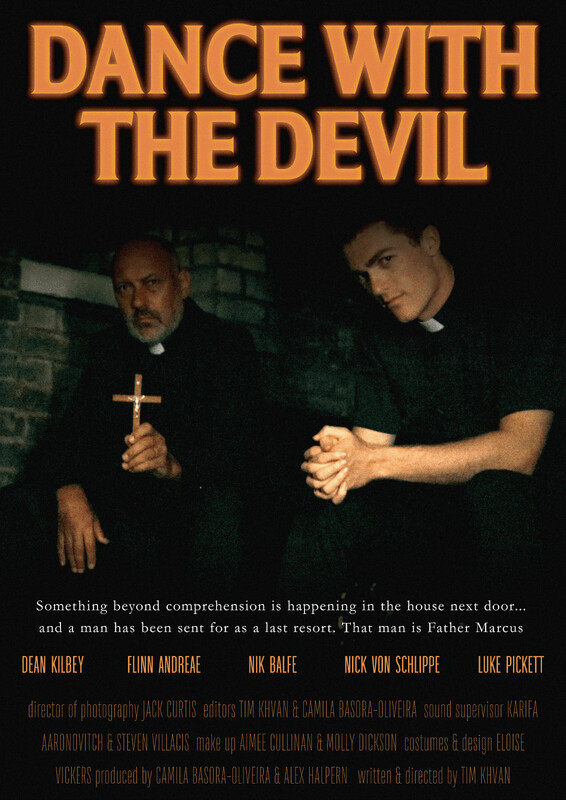
This mockumentary follows the geezer-like Father Marcus (Dean Kilby) and his intern Pete (Flinn Andreae), who provide domestic exorcists for the homes of London. Whilst exorcism-themed films tend to have a serious connotation about them, Dance with the Devil is a bonafide rib-tickling horror comedy that stands alongside acclaimed genre mockumentaries such as What We Do in the Shadows (2014) and Wellington Paranormal (2018-2022). There is a particular quirk to Dance with the Devil that makes it so rewatchable. It’s the casualness that the demon-fighting duo have to their rather serious profession, with the pair donning holy water filled water guns, requesting a ‘cuppa upon arrival at the most monstrous of situations, and the darkly macabre yet hilarious quips spoken so naturally by the utterly fantastic leads. If Dance with the Devil is anything to go by, director Tim Khvan has a very exciting filmmaking future ahead.
Easter Eggs (Directed by Lewis William Robinson)

A bizarre and spooky Easter Bunny (Tommy Walton) stalks a young man (Elijah James) who comes across a bundle of chocolate eggs, trapping him in the Bunny’s domain, a hellish, liminal space. Out of all the holiday figures, whether it’s the jolly Saint Nick or Valentine’s Cupid, the most unsuspecting antagonist force is that of the beloved Easter Bunny. However, abandon all happy memories of this furry friend as the director creates a freakish, uncanny, hellraising short that captures the Easter Bunny like never before. The Bunny’s abnormal territory is not what one would expect; instead, it is an oddity that is comparable to the dreamlike works of Lynchian cinema that challenges reality and transports the viewer into an unnatural landscape.
Match (Directed by Victor Basallote)

Bored and unable to sleep, Rachel (Adelaida Polo) takes to a dating app, leading to an accidental match with the possessive Zalir (Vanessa Orrego). Themes of obsession and overbearing domination run a mock throughout this sharp thriller, with Victor Basallote’s capacity to create terror through a minimalistic approach making the chilling atmosphere all the more sinister. Match thrives on a less is more approach where Zalir’s presence is continually suggested rather than overtly shown, creating a film that slowly builds until it reaches a menacing and unforgettable peak.
The Rising of the Sap (Directed by Susie Jones)

Produced by the BFI is Susie Jones’ The Rising of the Sap, a folk horror short following Bea’s (Darci Shaw) unwitting journey into ‘The Rising’ and her mother Elizabeth’s (Joanna Scanlan) fight to stop it. Where this film flourishes is the performances, which work to elevate Jones’ outstanding story following the darkness found lurking within the human condition. As the film unravels, the folkloric elements intertwine with the character study of Bea’s fascinations and Elizabeth’s troubles to create a horror saturated with paranoia, isolation, manipulation and deception. Adding to the thought-provoking narrative is the film’s masterly composition of evocative imagery that is both gritty and visceral yet charmingly sauve.
Five Turns (Directed by Sam Dixon and Sixto Perea Rubio)

The struggling Alyssa resorts to an atypical treatment to cure her condition. However, a caveat states she must only perform the treatment five times. Five Turns is deliberately ambiguous and perplexingly covert, leaving the viewer in the dark until the very last moment, where the bubbling tension and unease reaches a pinnacle peak, resulting in a nightmarish reveal. Directorial pair Sam Dixon and Sixto Perea Rubio join forces to conjure a short horror that has an immense visual appeal, with the rich cinematography combined with the bewitching, electrifying soundscape which fashions a film that is not to be missed.
Puzzle Box: The Glitch (Directed by Jack Dignan)
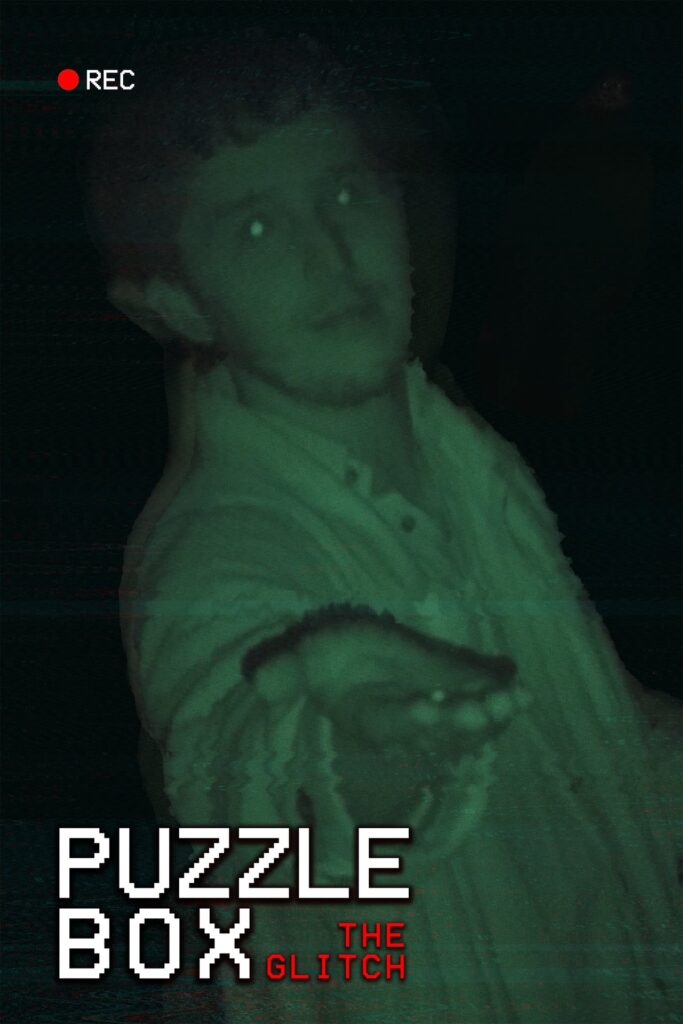
In 2023, director Jack Dignan released Puzzle Box, a terrifying found footage horror that explored demonic twists and turns under the guise of a claustrophobia-inducing found footage lens. Dignan is now back with a spin-off that utilises the brilliant labyrinth-like structure of Puzzle Box. Puzzle Box: The Glitch follows two friends (Noah Fowler and Elessa Donnelly) whose venture to buy drugs leads to an all-encompassing glitch. The premise of a disorientating, maze-like puzzle that ambushes, muddles and essentially tortures its victims is truly harrowing to consider, let alone be witness to. As the film becomes increasingly convoluted and complex, strong emotions of dread and uncomfortably thrive as the characters experience a situation that is derived from the most startling of nightmares.
You can catch the films Saturday 28th September at this years festival, tickets here!






